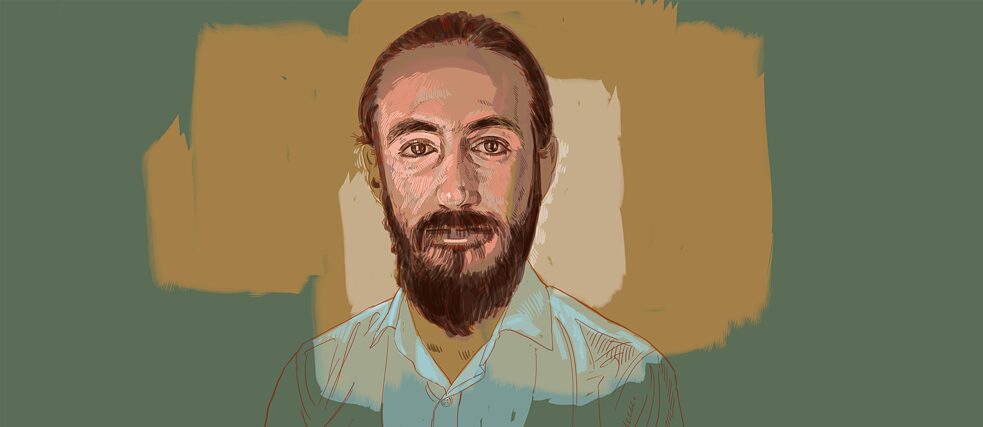by Ayman Al-Amiri from Bagdad
Black and White

Ayman was born in Baghdad in 1995. He is a professional cinema and documentary photographer. He has a diploma in cinematic art from the Institute of Fine Arts in Baghdad, from which he graduated in 2016.
He directed several short films based on novels and documentaries. His photography and documentaries have won several awards, and he has participated in various international festivals, among them the London Art 16 in UK in 2016 as well as the Iraq and Portuguese exhibition in 2013 entitled “A love letter from Portugal to Iraq”. His photography was published in the official catalogue of the Iraqi section of the Venice Biennale for 2013, 2015, and 2017. His work centres on the daily life of ordinary Iraqis. He captures details and documents issues that are not seen as important as more mainstream subjects. His own experiences growing up in turbulent times, witnessing various wars ranging from the US invasion, ISIS and the sectarian conflicts, are a source motivation to bring to light the interactions of people with events unfolding in Iraq.
The project
The documentary, funded by Spotlight Iraq, is shot from the lenses of four photographers from different generations. It sheds light on an important era of contemporary Iraqi history, which was archived by these photographers. They document the events with honesty and from different perspectives. The events span from the 1960s until today.The first photographer is the late Fuad Shakir, considered the father of Iraqi photographers. He photographed Iraq in the middle of the last century for three decades, from the 1960s through the 1980s when the Iran-Iraq war broke out. In his photos he captured Iraq as a modern, civil, and progressive place, way ahead of its counterparts in the wider Arab world.
The second photographer is Hadi Alnajar, who started his photography career in the 1980s documenting the Iran-Iraq war as a soldier despite the censorship on photography at the time. He also captured the popular uprising in the 1990s, risking his life to document this in Karbala.
The third photographer is Ziad Al-Turkey, who documented Iraq post 2003. Ziad archived the social and economic destruction, in which politics played a significant role. He also documented faces, images, memories and their relations to the location. The use of black and white is a major characteristic of his photography.
The fourth photographer is Aymen Alamiri himself, who is an artist and photographer from the new generation. He wants to follow in the footsteps of his predecessors and is eager to revive archiving, which is weak and neglected at the moment. He compares photography between now and then and the importance of time and place.
Aymen’s project and work in general is ambitious and covers a variety of issues from ordinary lives to women’s rights, youth and the revival of photography and archiving in Iraq.